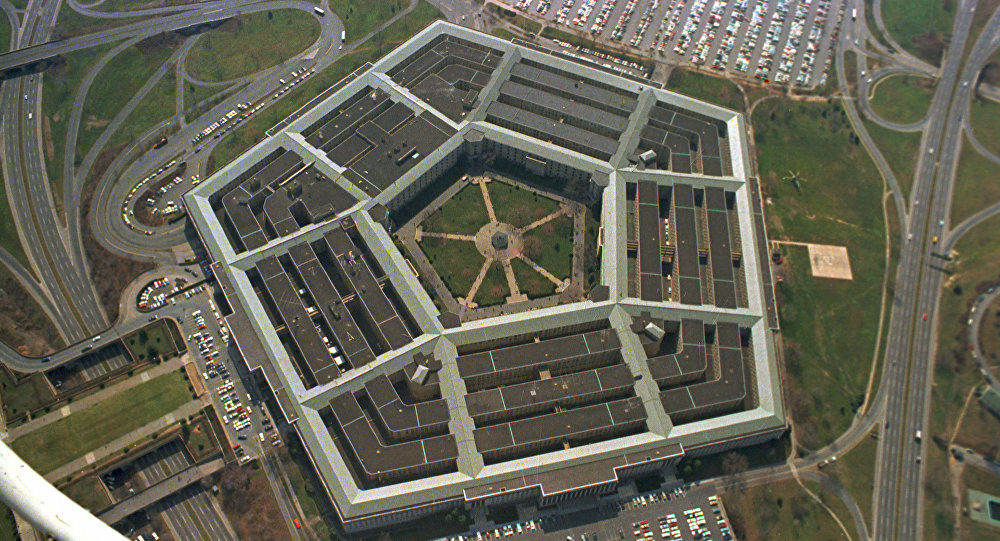OF THE
TIMES
This parasite needs to be careful when he goes back out into the world because some people in Blighty ain't so forgiving. He could end up dead...
Unaware that they abandon future prospects for a short-term gain. Or, to quote the famous Mr. Ulyanov : The capitalists will sell us the rope with...
Warsaw wants to host NATO arms under the bloc's sharing scheme. Who is that „Warsaw”? All the Warsaw's inhabitants, maybe? Really? Or perhaps...
Moscow describes it as a proxy war being waged by Washington and its partners, using Ukrainians as "cannon fodder" to further Western interests....
As far as I can make out this is an official UN Document now archived, the term of service in this link seems to confirm the authenticity, read a...
To submit an article for publication, see our Submission Guidelines
Reader comments do not necessarily reflect the views of the volunteers, editors, and directors of SOTT.net or the Quantum Future Group.
Some icons on this site were created by: Afterglow, Aha-Soft, AntialiasFactory, artdesigner.lv, Artura, DailyOverview, Everaldo, GraphicsFuel, IconFactory, Iconka, IconShock, Icons-Land, i-love-icons, KDE-look.org, Klukeart, mugenb16, Map Icons Collection, PetshopBoxStudio, VisualPharm, wbeiruti, WebIconset
Powered by PikaJS 🐁 and In·Site
Original content © 2002-2024 by Sott.net/Signs of the Times. See: FAIR USE NOTICE

Comment: 200 missiles? More like a maximum of 200 warheads from 20 Bulava missiles, and all of them would not be nuclear warheads. Apparently, there are multiple types of warheads - including decoys - that would accompany actual nuclear warheads in each Bulava missile. As for US defenses, we'll see. Russia already has operational hypersonic missiles, new missile defense systems, and shiny new nukes. The USA is just starting to talk about it, and will no doubt spend $10 trillion per missile before anything actually lifts off the launchpad. This 'New Cold War' is great for business though, eh?